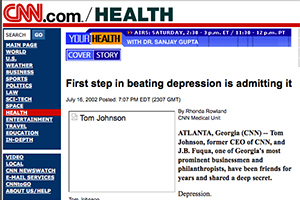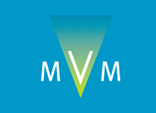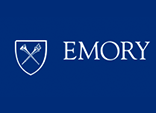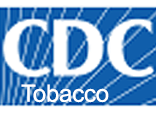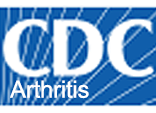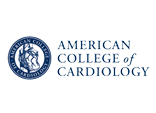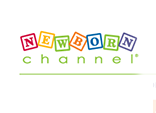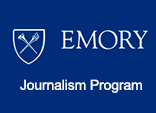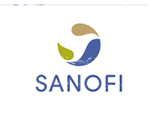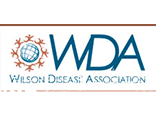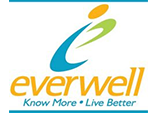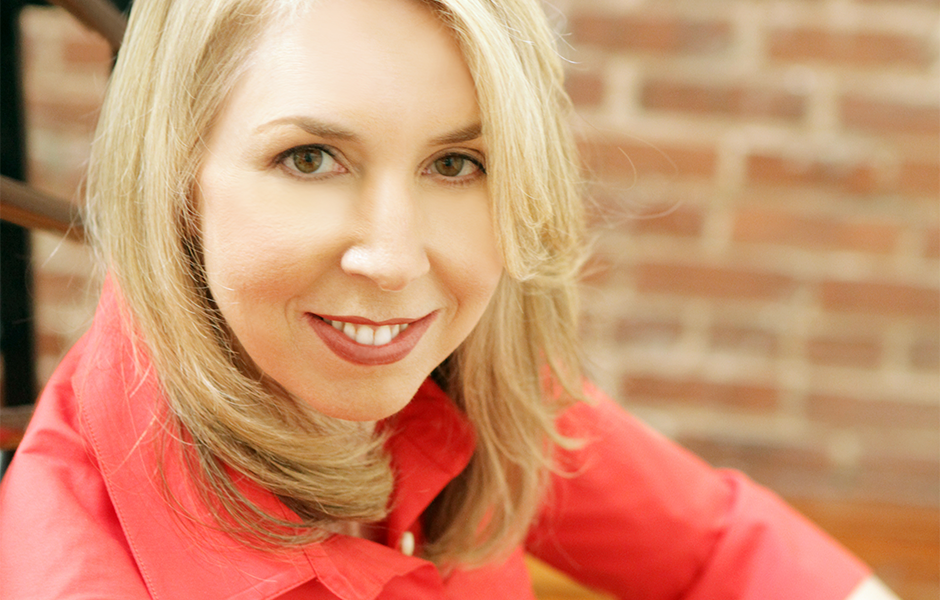
Rhonda Rowland
It’s something we all have in common: A medical or health trial. If it’s not our own, it may be someone we love, a close friend, a neighbor a co-worker. What do we do when it happens? We search for answers. Support. Encouragement.
My passion is telling stories about health challenges and medical advances and how they impact and change people’s lives. My professional specialty is culling through the research and talking to experts to find answers. My goal is to share accurate and engaging health and medical information with the public for their times of need.
Do you have a story that needs to be told? Let me help you.
Telling Your Story
Talent * Video Production * Writing * Content Development
Clients:
My company’s clients cover an exciting spectrum of medical and health information services. All are committed to educating the public and improving overall health and wellbeing.
I enjoy partnering with my clients to offer the experience and skills needed to reach their communication and production goals. In some cases, the collaboration is between my client and theirs to create the ideal team. Below are some of the clients I’ve had the pleasure of working with.

